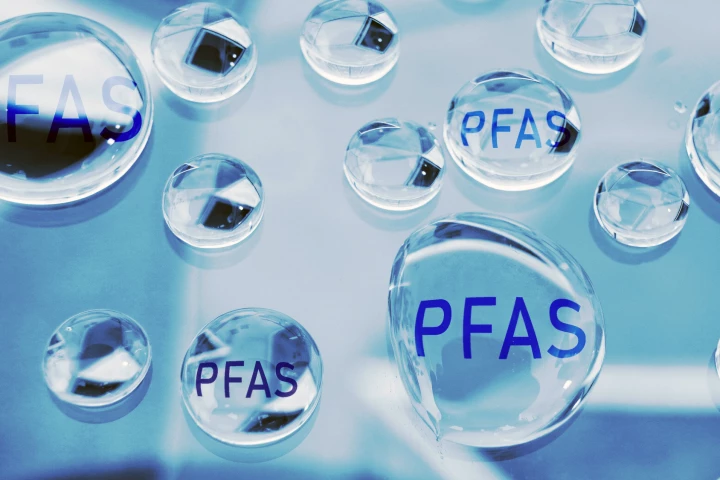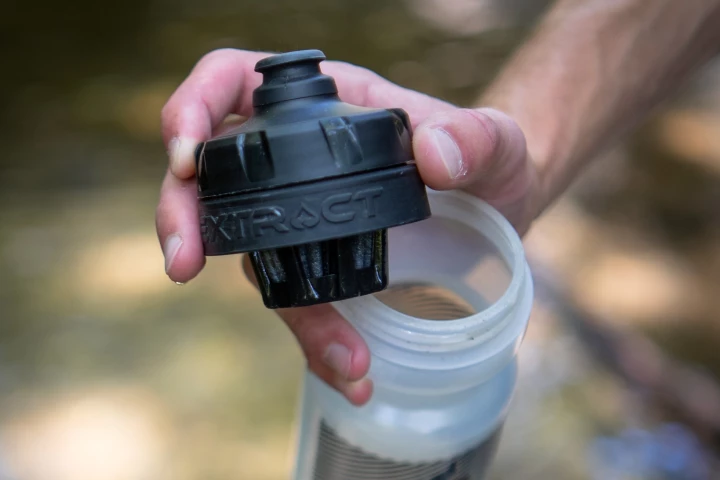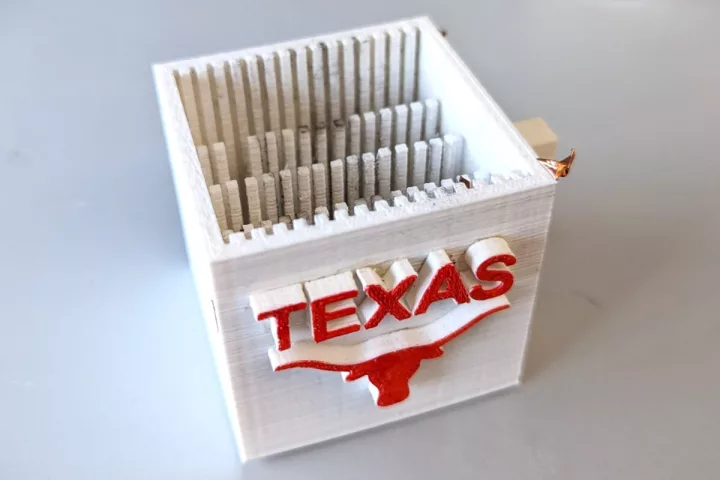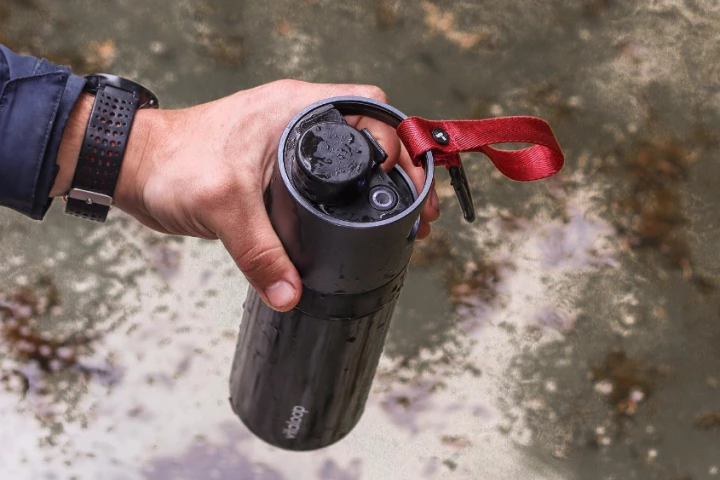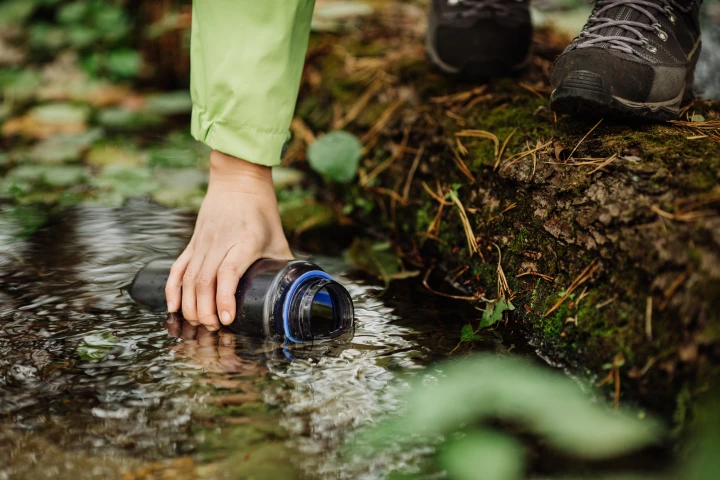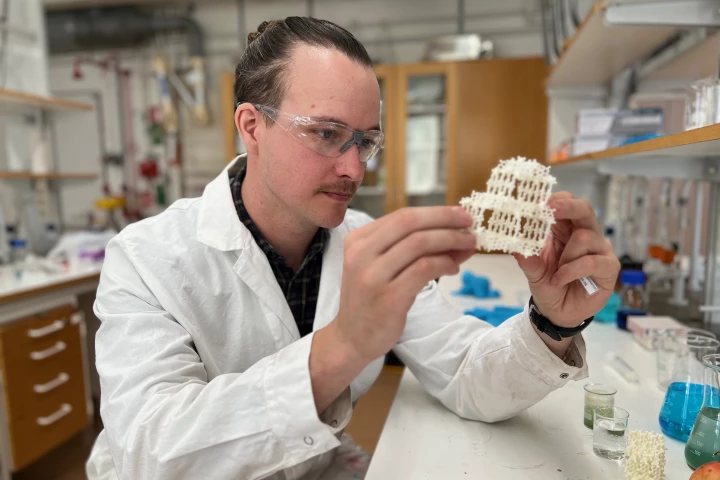Purification
-
Scientists in Canada have demonstrated a promising new device that can purify a gallon of water a day, for just a few cents per gallon. Better yet, it’s made of old tires, and can even generate small amounts of electricity.
-
Proposed methods of removing toxic ‘forever chemicals’ from water have either only trapped the chemicals or broken them down. A new study has demonstrated a method that does both effectively. And it's quick and cheap.
-
While we've seen quite a few filtration systems for making polluted water drinkable, many are quite complex, or utilize costly materials. By contrast, an experimental new setup simply requires users to inject dirty water through a layer of cellulose.
-
Loading your bike with heavy bottles of water is a drag, but what else can you do on long rides? Especially if you don't use a hydration pack? Well, the Extract Water Filter lets you fill your bottle with water that you find along the way.
-
We often hear of cyanobacteria as being the cause of toxic algae blooms in lakes. Soon, however, a 3D-printed material that incorporates the microbes may be used to purify polluted water – and after the bacteria are finished, they'll kill themselves.
-
Estrogen can harm aquatic plants and animals when passed into waterways via human and agricultural waste streams. Researchers have now developed a new way of removing the hormone from water, however, using what's known as "smart rust."
-
While “don’t mess with Texas” may have originated as a littering campaign catchphrase, scientists from the southern state have aimed that mantra at waterborne bacteria, creating a drinking cup that kills pathogens that cross its electric field.
-
The new Vitaloop Defender bottle uses an all-in-one design to collect, purify and deliver water. Its five-part filtration system and battery-powered pump turn water from a lake or river into potable drinking water at the push of a button.
-
If you leave a clear bottle of water in the sunlight, the UV rays will kill any microbes in that water, making it drinkable … but it has to sit in the sun for at least six hours. A new sunlight-activated powder, however, does the job in one minute.
-
In recent years, pomegranate-derived compounds have been shown to slow cellular aging, protect unborn babies' brains, and serve as additives in better automotive materials. Now, they've also been used to remove pharmaceuticals from wastewater.
-
Removing heavy metal pollutants from water could soon be easier than ever, thanks to an experimental new sponge. With just one treatment, the device brought contaminated water down to safely drinkable levels.
-
In a highly unexpected approach to renewable energy, researchers in Korea have developed a low-cost, easily-manufactured advanced membrane that actually generates electricity as it turns wastewater, seawater or groundwater into drinking water.
Load More

